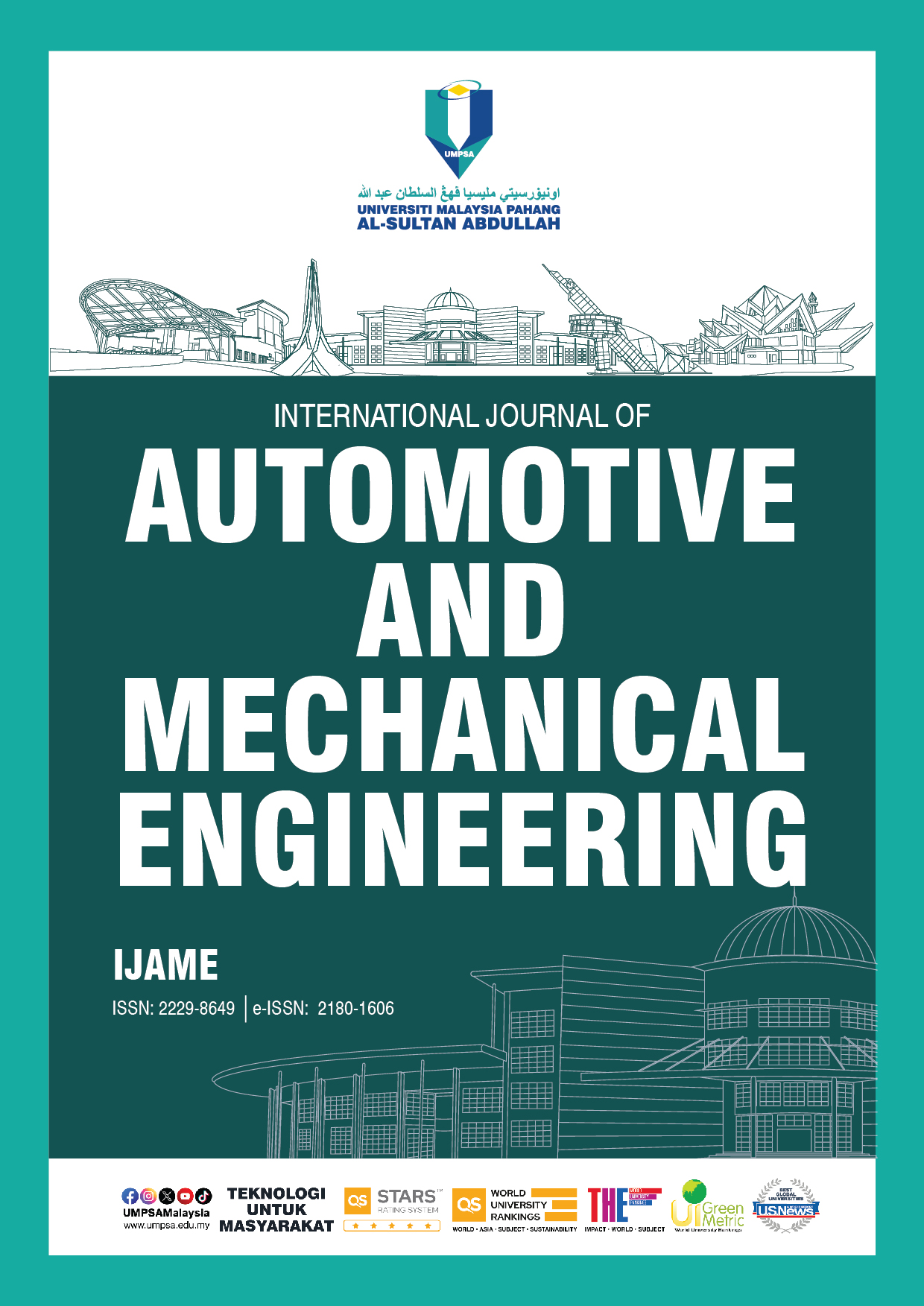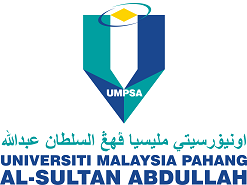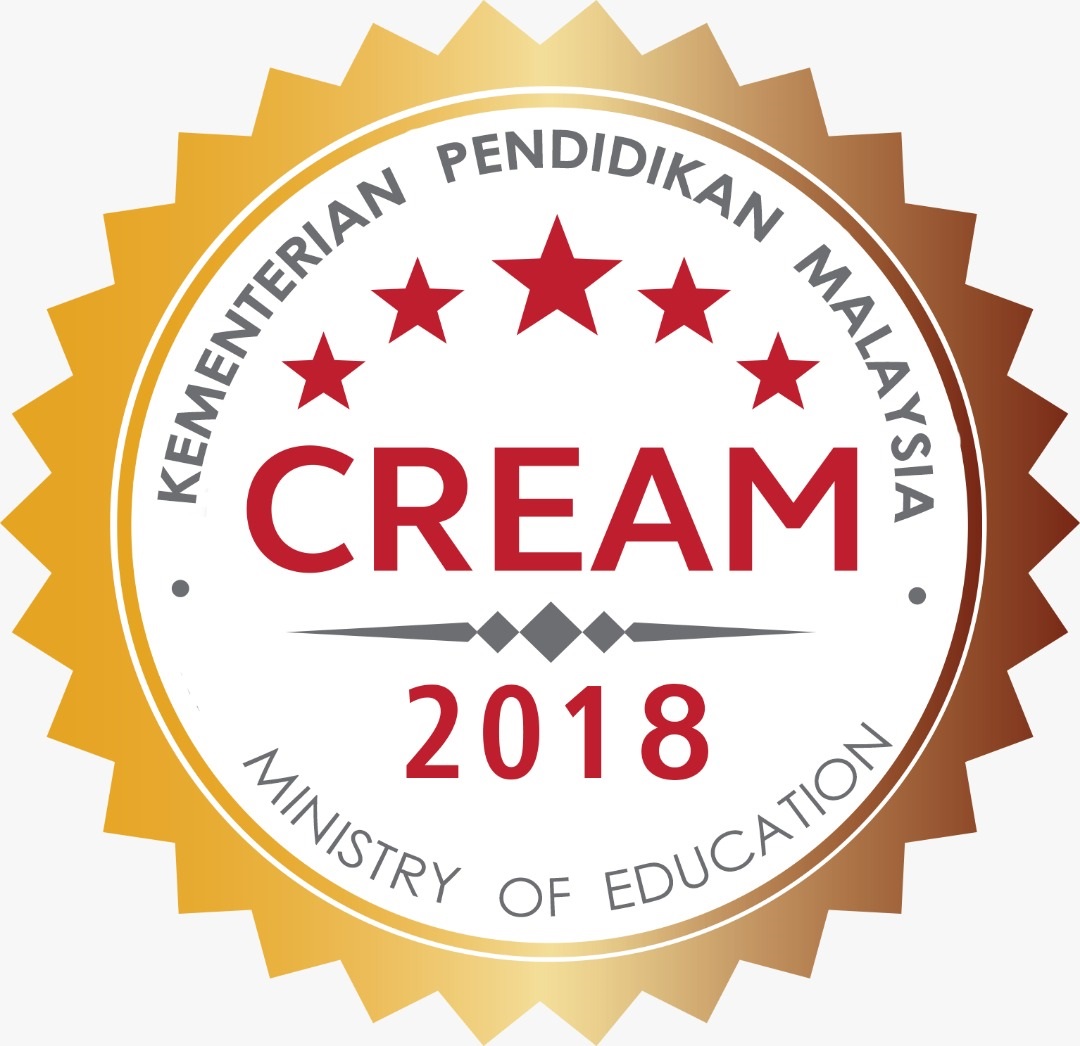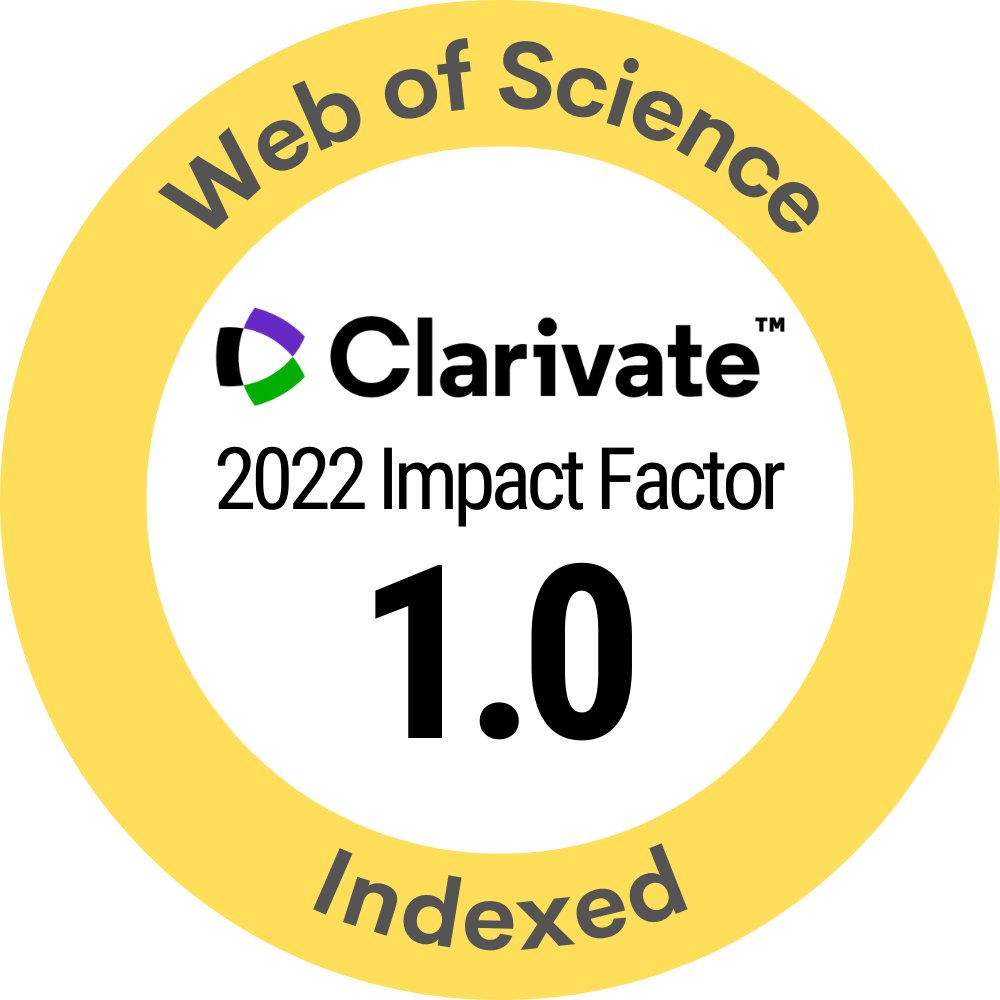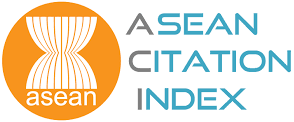Performance Evaluation and Experimental Investigations in Turning of Iron Based A286 Nickel Alloy under Various Machining Conditions
DOI:
https://doi.org/10.15282/ijame.22.1.2025.18.0935Keywords:
Iron-based Nickel A286 alloy, Dry and MQL machining , Cutting forces , Surface roughness, Uncoated tool, PVD coated toolAbstract
The advancement of materials in the last few decades has guided the development of many hard-to-machine materials, such as superalloys. These alloys have poor machinability characteristics. This paper examines the machinability performance characteristics of Iron-based A286 Nickel superalloy by varying the turning process parameters using uncoated and physical vapor deposition (PVD) coated inserts. Experiments were performed with an L16 orthogonal array using minimum quantity lubrication (MQL) machining and dry machining environments. The accomplishment of the turning process was evaluated in reference to the cutting forces and surface roughness. Optimum turning parameters to decrease the surface roughness and cutting forces using MQL and dry machining environments with PVD-coated and uncoated tools were found using analysis of means methodology. Results have indicated that feed rate would greatly influence surface roughness when using the uncoated tool in dry and MQL machining circumstances. The depth of cut would affect cutting force and feed force more using uncoated tool and PVD coated tool with MQL and dry machining environments. Tool wear results have revealed that PVD coated tool inserts by MQL machining would result in less tool wear than uncoated tools. Regression models were developed from the experimental outcomes to predict the performance characteristics. The coefficient of determination observed was more than 98%.
References
[1] S.H. Musavi, B. Davoodi, and S.A. Niknam “Effects of reinforced nano-particles with surfactant on surface quality and chip formation morphology in MQL turning of super alloys,” Journal of Manufacturing Processes, vol. 40, pp. 128–139, 2019.
[2] M. Kaladhar, K. V. Subbaiah, Ch. S. Rao, and K. N. Rao, “Application of Taguchi approach and utility concept in solving the multi-objective problem when turning AISI 202 austenitic stainless steel,” Journal of Engineering Science and Technology Review, vol. 4, no. 1, pp. 55–61, 2011.
[3] Raju Pawade, S. S. Joshi, P.K. Brahmankar, and Md. Mustafizur Rahman, “An investigation of cutting forces and surface damage in high-speed turning of Inconel 718,” Journal of Materials Processing Technology, vol. 192–193, pp. 139–146, 2007.
[4] M. V. Ramana, G. K. Mohana Rao, B. Sagar, R. K. Panthangi, and B. V. R. Ravi Kumar, “Optimization of surface roughness and tool wear in sustainable dry turning of Iron based Nickel A286 alloy using Taguchi’s method,” Cleaner Engineering and Technology, vol. 2, p. 100034, 2021.
[5] J. Airao, C. K. Nirala, R. Bertolini, G. M. Krolczyk, and N. Khanna, “Sustainable cooling strategies to reduce tool wear, power consumption and surface roughness during ultrasonic assisted turning of Ti-6Al-4V,” Tribology International, vol. 169, p. 107494, 2022.
[6] G. Liu, C. Huang, H. Zhu, Z. Liu, Y. Liu, and C. Li, “The modified surface properties and fatigue life of Incoloy A286 face-milled at different cutting parameters,” Materials Science and Engineering A, vol. 704, pp. 1–9, 2017.
[7] K. Arul, V. Mohanavel, S. R. Kumar, T. Maridurai, K. M. Kumar, and M. Ravichandran, “Investigation of machining attributes on machining of alloys under nano fluid MQL environment: A review,” Materials Today Proceedings, vol. 59, pp. 1312–1318, 2021.
[8] L. Settineri, M. G. Faga, and B. Lerga, “Properties and performances of innovative coated tools for turning Inconel,” International Journal of Machine Tools and Manufacture, vol. 48, no. 7–8, pp. 815–823, 2008.
[9] K. Manikandan, P. Ranjith kumar, D. Raj kumar, and K. Palanikumar, “Machinability evaluation and comparison of Incoloy 825, Inconel 603 XL, Monel K400 and Inconel 600 super alloys in wire electrical discharge machining,” Journal of Materials Research and Technology, vol. 9, no. 6, pp. 12260–12272, 2020.
[10] S. Santosh Kumar, R. Kumar, Isham Panigrahi, Ashok Kumar Sahoo, and A. Panda, “Machinability performance investigation in CNC turning of Ti–6Al–4V alloy: Dry versus iron-aluminium oil coupled MQL machining comparison,” International Journal of Lightweight Materials and Manufacture, vol. 5, no. 4, pp. 496–509, 2022.
[11] A. Thakur and S. Gangopadhyay, “State-of-the-art in surface integrity in machining of nickel-based super alloys,” International Journal of Machine Tools and Manufacture, vol. 100, pp. 25–54, 2016.
[12] Ş. Şirin and T. Kıvak, “Effects of hybrid nanofluids on machining performance in MQL-milling of Inconel X-750 superalloy,” Journal of Manufacturing Processes, vol. 70, pp. 163–176, 2021.
[13] M. K. Gupta, Q. Song, Z. Liu, R. Singh, M. Sarikaya, and N. Khanna, “Tribological behavior of textured tools in sustainable turning of nickel based super alloy,” Tribology International, vol. 155, p. 106775, 2021.
[14] A. Singh, S. Ghosh, and S. Aravindan, “State of art for sustainable machining of nickel-based alloys using coated and uncoated tools and machining of high strength materials using surface modified cutting tools,” Tribology International, vol. 170, p. 107517, 2022.
[15] U. Irfan, K. Aslantaş, B. Gökçe, and F. Bedir. "Effect of tool coating materials on surface roughness in micromachining of Inconel 718 super alloy,” Proceedings of the Institution of Mechanical Engineers, Part B: Journal of Engineering Manufacture vol. 228, no. 12, pp. 1550-1562, 2014.
[16] A. Hassan, A. M. A. Khan, M. Younas, S. H. I. Jaffery, M. Khan, N. Ahmed, et al., “Impact of dry and cryogenic cutting medium on shear angle and chip morphology in high-speed machining of titanium alloy (Ti-6Al-4V),” International Journal of Automotive and Mechanical Engineering, vol. 21, no. 2, pp. 11316–11331, 2024.
[17] M. E. Korkmaz, M. K. Gupta, M. Boy, N. Yaşar, G. M. Krolczyk, and M. Günay, “Influence of duplex jets MQL and nano-MQL cooling system on machining performance of Nimonic 80A,” Journal of Manufacturing Processes, vol. 69, pp. 112–124, 2021.
[18] M. A. Makhesana, K. M. Patel, G. M. Krolczyk, M. Danish, Anil Kumar Singla, and N. Khanna, “Influence of MoS2 and graphite-reinforced nanofluid-MQL on surface roughness, tool wear, cutting temperature and microhardness in machining of Inconel 625,” CIRP Journal of Manufacturing Science and Technology, vol. 41, pp. 225–238, 2023.
[19] C. Ni, X. Wang, L. Zhu, D. Liu, Y. Wang, Z. Zheng, et al., “Machining performance and wear mechanism of PVD TiAlN/AlCrN coated carbide tool in precision machining of selective laser melted Ti6Al4V alloys under dry and MQL conditions,” Journal of Manufacturing Processes, vol. 79, pp. 975–989, 2022.
[20] G. Kumar, B. Sen, S. Ghosh, and P. V. Rao, “Strategic enhancement of machinability in nickel-based superalloy using eco-benign hybrid nano-MQL approach,” Journal of Manufacturing Processes, vol. 127, pp. 457–476, 2024.
[21] A. Race, I. Zwierzak, J. Secker, J. Walsh, J. Carrell, T. Slatter, et al., “Environmentally sustainable cooling strategies in milling of SA516: Effects on surface integrity of dry, flood and MQL machining,” Journal of Cleaner Production, vol. 288, pp. 125580–125580, 2021.
[22] Q. An, C. Cai, F. Zou, X. Liang, M. Chen, “Tool wear and machined surface characteristics in side milling Ti6Al4V under dry and supercritical CO2 with MQL conditions,” Tribology International, vol. 151, p. 106511, 2020.
[23] N. Khanna, P. Shah, A. K. Singla, A. Bansal, M. A. Makhesana, and Şenol Şirin, “Comparison of VT-20 alloy drilling performance evaluation under dry, MQL, EMQL, and hybrid nanoparticle assisted EMQL ecological conditions,” Tribology International, vol. 199, pp. 110025–110025, 2024.
[24] G. Singh, V. Aggarwal, S. Singh, B. Singh, S. Sharma, J. Singh, et al., “Performance investigations for sustainability assessment of Hastelloy C-276 under different machining environments,” Heliyon, vol. 9, no. 3, p. e13933, 2023.
[25] Ş. Şirin, M. Sarıkaya, Ç. V. Yıldırım, and T. Kıvak, “Machinability performance of nickel alloy X-750 with SiAlON ceramic cutting tool under dry, MQL and hBN mixed nanofluid-MQL,” Tribology International, vol. 153, p. 106673, 2021.
[26] W. Khaliq, C. Zhang, M. Jamil, and A. M. Khan, “Tool wear, surface quality, and residual stresses analysis of micro-machined additive manufactured Ti–6Al–4V under dry and MQL conditions,” Tribology International, vol. 151, p. 106408, 2020.
[27] Y. Kaynak, H. E. Karaca, R. D. Noebe, and I. S. Jawahir, “Tool-wear analysis in cryogenic machining of NiTi shape memory alloys: A comparison of tool-wear performance with dry and MQL machining,” Wear, vol. 306, no. 1–2, pp. 51–63, 2013.
[28] Emine Şirin, “Evaluation of tribological performance of MQL technique combined with LN2, CO2, N2 ecological cooling/lubrication techniques when turning of Hastelloy C22 superalloy,” Tribology International, vol. 188, pp. 108786–108786, 2023.
[29] S. Hewu, B. Zou, P. Chen, C. Huang, G. Guo, J. Liu, et al., “Effect of MQL condition on cutting performance of high-speed machining of GH4099 with ceramic end mills,” Tribology International, vol. 167, pp. 107401–107401, 2022.
[30] Rüstem Binali, “Experimental and machine learning comparison for measurement the machinability of Nickel based alloy in pursuit of sustainability,” Measurement, vol. 236, pp. 115142–115142, 2024.
[31] A. Rauf, M. A. Khan, Syed, and S. I. Butt, “Effects of machining parameters, ultrasonic vibrations and cooling conditions on cutting forces and tool wear in meso scale ultrasonic vibrations assisted end-milling (UVAEM) of Ti–6Al–4V under dry, flooded, MQL and cryogenic environments – A statistical analysis,” Journal of Materials Research and Technology, vol. 30, pp. 8287–8303, 2024.
Downloads
Published
Issue
Section
License
Copyright (c) 2025 The Author(s)

This work is licensed under a Creative Commons Attribution-NonCommercial 4.0 International License.

